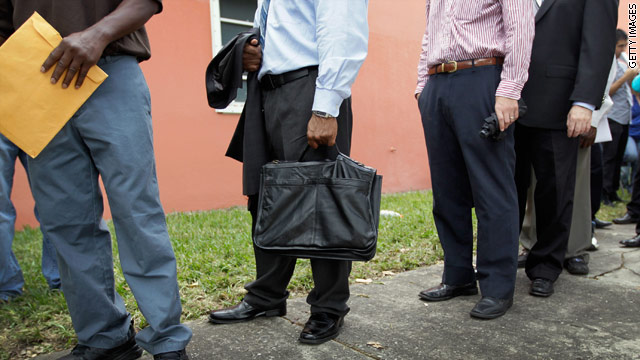2015 Special Recognition: The Employment Bridge Project
For prisoners serving long-term sentences, the transition back into society is often difficult and discouraging. Many of these individuals earn 4-year college degrees while incarcerated, and successfully rehabilitate through recovery efforts, treatment programs, and apprenticeships. However, once released, they face an unwelcoming job market with little employment experience and virtually no savings; these insurmountable challenges make recidivism all the more likely, undoing their achievements in prison. To address this dilemma, Michelle Jones of the Indiana Prison System proposes the Employment Bridge Program (EBP): an educational re-entry program for high-performing inmates serving mid-to-long term sentences.
Participants in the EBP gain work experience as state employees, while living in a group home for parolees. To be eligible for the EBP, an inmate must be serving a sentence of more than 20 years, have earned a 4-year degree while incarcerated, be emotionally stable, have participated in rehabilitation programming, and have a record of good behavior.
Once the inmate has met his or her state’s standards for clemency, he or she may request an EBP hearing. This hearing focuses on the future potential of the candidate, and allows DOC employees, professional staff, and family members to provide testimony. A thorough review of behavioral and mental health reports determines if the candidate is likely to re-offend. If accepted to the program, the inmate receives clemency and is required to follow the rules and regulations for parolees. The participant then enrolls in an Independent Living Home, where he or she reports to a parole officer and participates in programming.
Every EBP participant works in entry-level positions in state government, operating under a two-year contract. He or she receives a meal card and a bus pass, in addition to a weekly paycheck. A portion of this paycheck goes directly back to the state to cover program costs; the rest is placed in a savings account with restrictions on how the money can be withdrawn.
At the end of the two-year contract, participants leave the program with real work experience, significant savings, and independence as they transition back into society. Instead of costing the state millions of dollars during the remainder of their sentences, participants are able to reenter the workforce and repay the state for their education.




Leave a Reply
Want to join the discussion?Feel free to contribute!